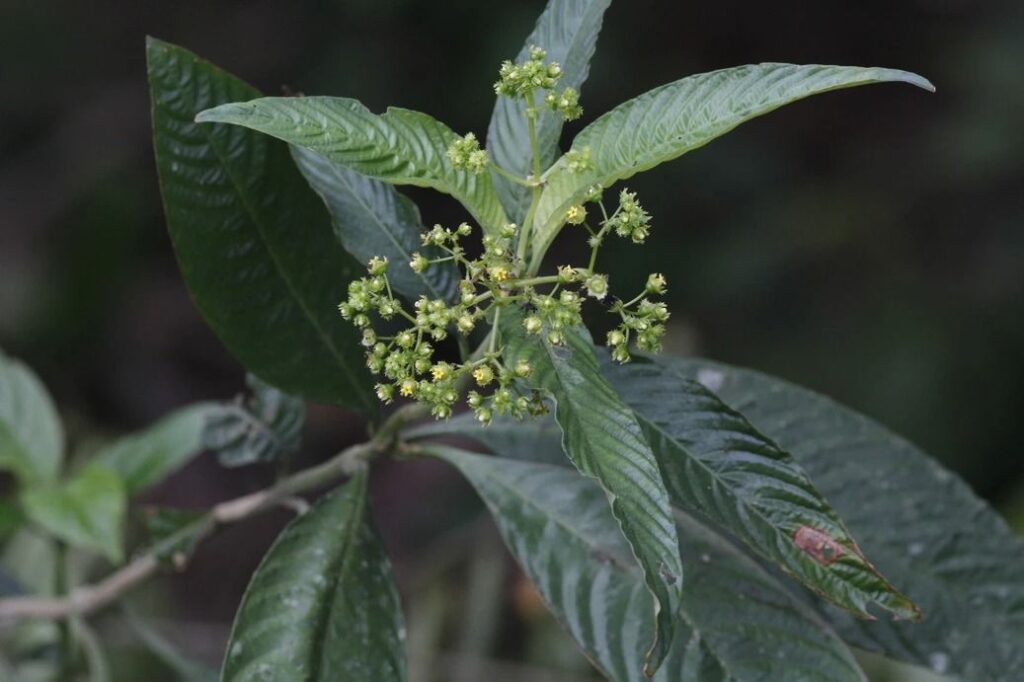Tripura | August 14,2025|SKY LINK TIMES
In a significant addition to India’s botanical records, scientists have reported the first-ever discovery of the rare plant species Mycetia malayana (Rubiaceae) in the country. Previously known only from Malaya, Borneo, and Thailand — and declared extinct in Singapore — this species has now been found thriving near Kachari Waterfall in Tripura’s Kanchanpur sub-division.

The discovery was made by a research team comprising Dixit Bora from the Department of Botany, Tripura University, Dr. Dipankar Borah of Kaliabor College, Assam, and Prof. Badal Kumar Datta of Tripura University.
According to Bora, the team identified two Mycetia species during the expedition — the already known Mycetia longiflora and another unfamiliar plant. After extensive taxonomic analysis, the specimen was confirmed as M. malayana.
> “Until now, only eight Mycetia species were known from India. This discovery marks the ninth species and is the first record from Tripura University’s Department of Botany,” Bora said.
Interestingly, M. malayana was recently reported from Bangladesh, suggesting a wider geographical range than previously believed. The Tripura finding not only highlights the rich biodiversity of the Northeast but also underscores the importance of preserving ecologically sensitive areas.
About Mycetia malayana
Belonging to the Rubiaceae family, this flowering plant thrives in moist, shaded forest environments. Its rarity and restricted distribution make its discovery in India a matter of scientific and conservation significance.
Also Read:https://skylinktimes.in/cm-manik-saha-warns-students-on-hiv-drug-abuse/
Key Facts from the Discovery:
Location: Kachari Waterfall, North District, Tripura
Botanical Significance: First record of M. malayana in India
Global Range: Previously known from Malaya, Borneo, Thailand; extinct in Singapore
Recent Records: Reported from Bangladesh before Tripura discovery
Species Count in India: 9 Mycetia species now recorded
This breakthrough reinforces Tripura’s position as a biodiversity hotspot and opens new avenues for research into the conservation of rare plant species in Northeast India.
For More Info Stay Tuned: https://skylinktimes.in



